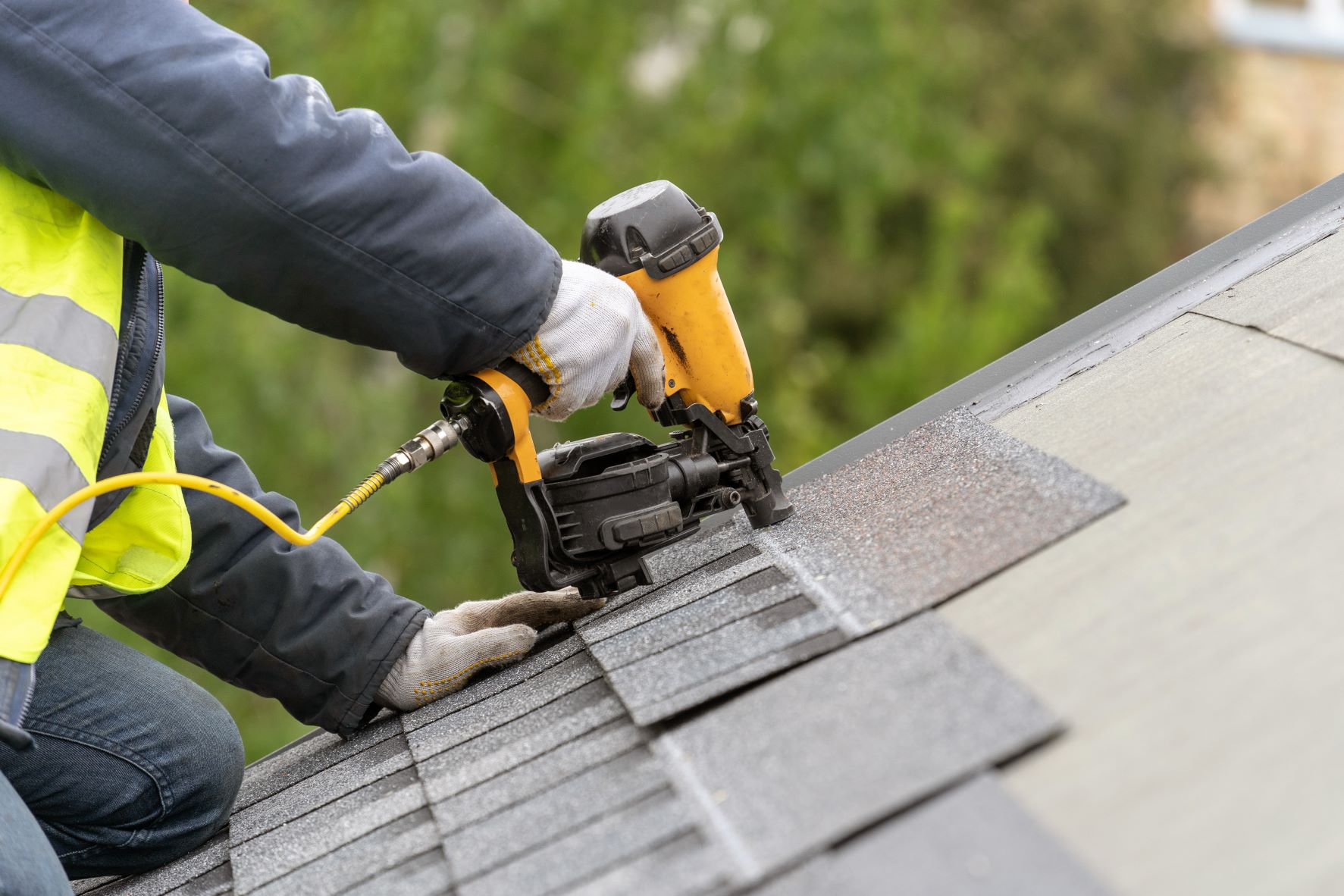
When you invest in real estate, capital expenses can have a significant impact on your property and your profits. Planning for these expenses can help you keep your finances intact when your investment property needs major renovations or improvements.
As a real estate investor, you need to not only understand what capital expenses are, but also how they’re taxed and how to budget for them. In this article, we discuss the basics of capital expenses in real estate investing.
What are Capital Expenses?

Capital expenses, also known as capex or capital expenditures, are the money used to improve or add to a property beyond regular repairs and maintenance work. If you think you may want or need to make significant improvements to your property at some point, you can be sure it will involve significant capital expenses.
Money in reserves for capital expenditures is generally not listed as an expense on income statements. The reserves will affect investors’ free cash flow, but they are only reported on taxes once the investor incurs the expense of the major repair or improvement.
Capital expenses are typically listed as depreciation expenses on your financial statements and tax returns. In some cases, these expenses may qualify for bonus depreciation or a Section 179 deduction. However, the depreciation schedule will ultimately depend on what is included in the specific improvement.
Types of capital expenses
There are many types of capital expenses for all kinds of real estate assets. Renovations and major repairs are the most common types of capital expenses, though other major expenses can count as well. For example, if you need to replace the windows or roof of the building, that would count as a capital expense because it is a major repair beyond the scope of regular maintenance.
Equipment purchased to operate a real estate investing company generally also counts as a capital expense. If the expense is an investment into the business rather than just an expense that affects cash flow, it likely counts as a capital expense.
Most capital expenses are aimed at extending the life of the real estate asset, putting it back in “like-new” condition, or improving it in new ways. If the expense is aimed at returning the asset to its previous, more recent condition, it is most likely considered regular maintenance and repair work rather than a capital expense.
When the capital expense is made to increase the value of the property rather than continue its useful life, it is called a growth capital expense.
Examples of Capital Expenses

Here are some of the most common capital expenditures in real estate:
- New HVAC equipment
- Major appliances
- A complete overhaul of the plumbing
- A complete overhaul of the electrical work
- Bathroom remodels
- Kitchen remodels
- New roofs
- New windows
- New flooring
- Siding
- Paving or repaving a parking lot
- Additions to the property
Smaller repairs and maintenance generally do not count as capital expenses. For example, while replacing the whole roof counts as a capital expense, repairing a small section of the roof would fall under the category of ordinary operating expenses. The new roof extends the life of the property, while a few new shingles only allow the property to continue its current useful life.
Similarly, while buying a new furnace counts as a capital expense, replacing furnace parts is considered regular repair work. Upgrading an electrical panel is likely a capital expense, but replacing a light fixture probably isn’t.
If you aren’t sure whether a project should be considered a regular expense or a capital expense, check the IRS website FAQ section on tangible property regulations. This resource may clarify your situation.
Budgeting and Planning for Common Expenses in Real Estate

Capital expenses are usually quite large, so many real estate investors add cash for them to a “capex reserve” every month even if the expense is not likely to come up for years. Having a cash reserve helps investors cover capital expenses whenever they occur so they can more easily maintain cash flow from the property.
There are several different ways you can calculate your budget for your capex reserve. For example, you could budget for capital expenses using:
- A percentage of your revenue.
- A set amount per unit.
- A percentage of your property value.
- A system that takes into account the current ages of items that may need replacing and the cost of replacement.
If you invest in a new property, you may be able to get by with setting aside a smaller amount of cash each month. If you invest in an older property, or a property with an aging roof and other features that are likely to need repairs soon, you will need to budget more each month if you want to build up your reserves in time for the expense.
Lenders will often require borrowers to set aside a specific amount for reserves. Some lenders will even hold the cash reserve themselves by escrowing it into monthly payments so they can protect the asset they’re holding as collateral on the loan.
Unfortunately, there’s no single catchall rule for how to budget for capital reserves. Budgeting too little could leave you in a poor financial position when major expenses arise, but budgeting too much will take away from your free cash flow. Most investors do not budget the perfect amount, although you will likely get better at estimating how much you need over time.
Capital Expenses and Profit
At first glance, capital expenses can eat into your profits in the long run. However, since these expenses are investments into the property, they ultimately add to the amount of revenue you can generate. Capital expenses generally either allow the property to continue generating its previous revenue, control related costs, or help add additional revenue sources.
If you avoid spending money on major repairs and improvements, you will ultimately end up bringing in less rental income and often have more expensive repairs later on. For example, if you do not repair a roof right away, you may wind up also having to fix water damage and mold that you could have avoided.
Similarly, avoiding expenses related to safety issues could lead to fires, serious injuries, and other issues. There is a moral obligation to try to keep your tenants safe, but even from a financial perspective, it’s important to take care of these issues because they could ultimately lead to additional expenses from lawsuits, increased insurance rates, and other costs down the road.
Capital expenses are not reflected on the income statement in the year when the expenses are paid, so there is no immediate effect on profit. Instead, the profits reported will be reduced over time as the improvement to the real estate asset depreciated. Depreciation expenses are deducted each year according to the depreciation schedule for that type of capital expenditure.
In Summary: What Real Estate Investors Need to Know About Capital Expenses
When you invest in a property, you need to budget for capital expenses. Even if you have no immediate plans to improve your property, it makes sense to set aside money every month in a capex reserve for major repairs and remodeling work down the road.
CEP Multifamily has been partnering with real estate investors to deliver compelling risk-adjusted returns for decades. Check out our blog to learn more about real estate investing terms and the latest industry news.









